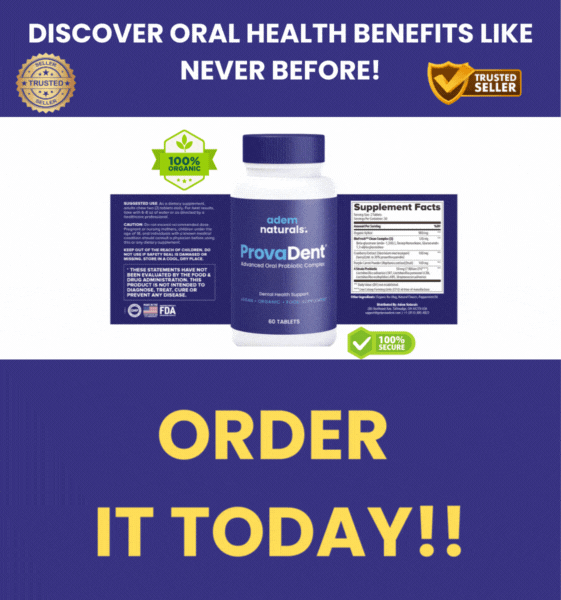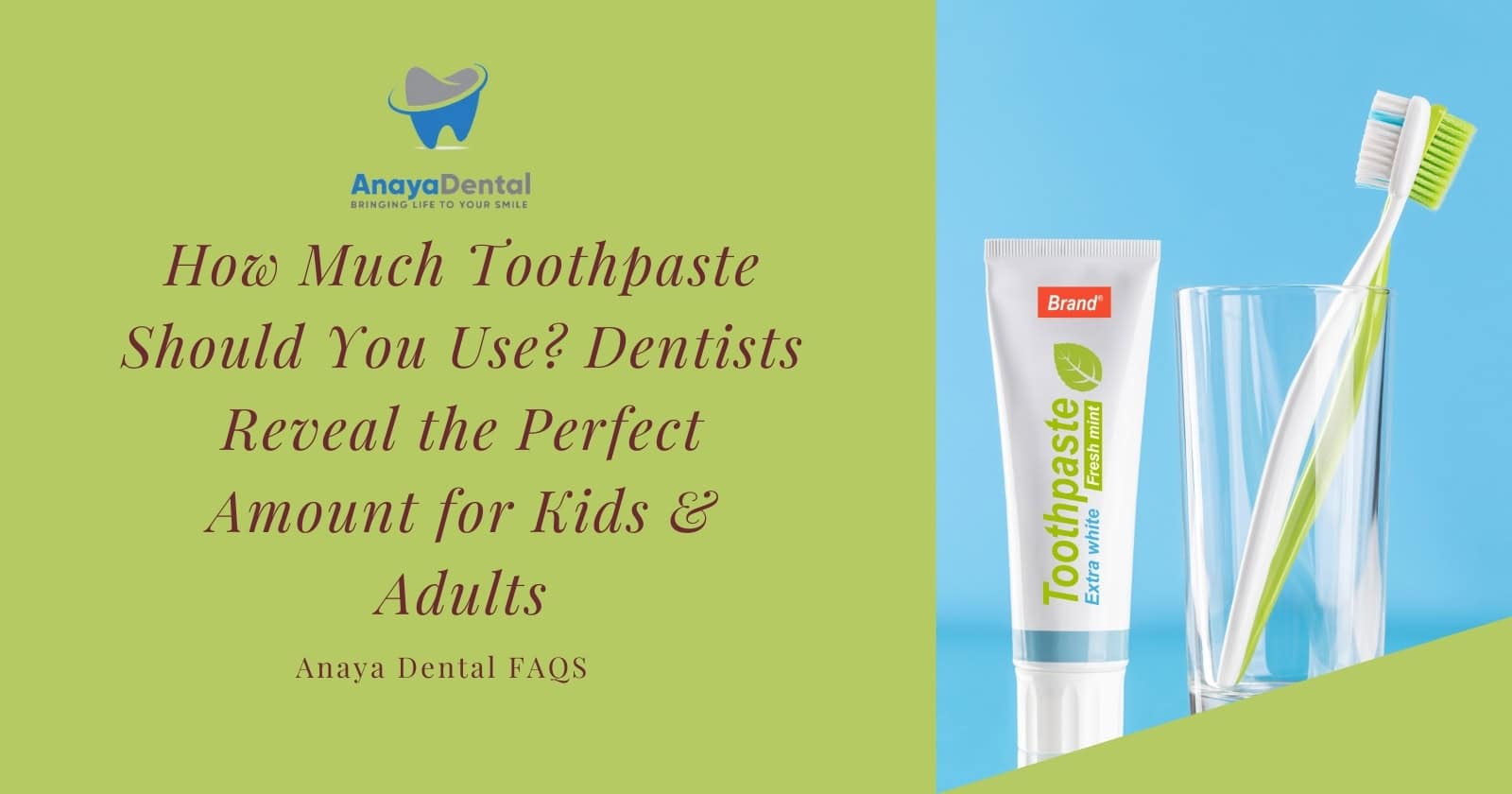Understanding Dental Crowns: Types, Costs, and Considerations
Dental crowns are custom-fitted caps placed over damaged or decayed teeth to restore their shape, size, strength, and appearance. They’re one of the most common dental restorations performed today, providing both functional and aesthetic benefits. This guide explores everything you need to know about dental crowns, including types, costs, procedures, and insurance considerations.
Dental Crown Cost Calculator
What Is a Dental Crown?
A dental crown is a tooth-shaped “cap” that completely covers a damaged tooth. Once cemented in place, crowns fully encase the visible portion of a tooth that lies at and above the gum line. Crowns are designed to:
- Restore a tooth’s shape and size
- Strengthen a tooth
- Improve a tooth’s appearance
- Protect a weak tooth from breaking
- Hold a dental bridge in place
- Cover discolored or misshapen teeth
- Cover a dental implant
Types of Dental Crowns
1. Porcelain-Fused-to-Metal (PFM) Crowns
Average Cost: $800-$1,500
Try Our Dental Calculators
PFM crowns combine the strength of metal with the aesthetics of porcelain. They consist of a metal base covered with a layer of porcelain.
Pros:
- Good durability (10-15 years with proper care)
- Less expensive than all-ceramic options
- Provides good support for the tooth
Cons:
- May show a metal edge near the gumline
- Can cause more wear to opposing teeth
- Not as natural-looking as all-ceramic options
Best for: Back teeth or where budget is a concern while still wanting reasonable aesthetics.
2. All-Ceramic or All-Porcelain Crowns
Average Cost: $1,000-$2,500
These crowns are made entirely of ceramic or porcelain materials without any metal.
Pros:
- Most natural-looking option
- Excellent for front teeth
- No metal allergies or dark lines at gumline
- Biocompatible
Cons:
- Not as strong as metal crowns
- More expensive than PFM
- May wear down opposing teeth slightly more than metal
Best for: Front teeth where aesthetics are most important.
3. E-max (Lithium Disilicate) Crowns
Average Cost: $1,000-$2,500
E-max crowns are a newer type of all-ceramic crown made from lithium disilicate, offering improved strength and aesthetics.
Pros:
- Very natural appearance
- Stronger than traditional porcelain
- Minimal thickness required
- Excellent fit and marginal integrity
Cons:
- More expensive than PFM
- Not as strong as zirconia for back teeth
Best for: Front teeth and premolars where both strength and aesthetics matter.
4. Zirconia Crowns
Average Cost: $1,000-$2,500
Made from zirconium dioxide, these are the strongest all-ceramic crowns available.
Pros:
- Extremely durable
- Metal-free
- Minimal tooth reduction needed
- Resistant to chipping and cracking
- Good aesthetics compared to metal
Cons:
- May wear opposing teeth more than other materials
- Can look slightly less natural than other ceramic options
- More difficult to adjust or repair
Best for: Back teeth (molars) where maximum strength is needed.
5. Gold Alloy Crowns
Average Cost: $1,000-$2,500
Made from gold and other metals like copper and other elements.
Pros:
- Extremely durable (can last 20+ years)
- Minimal wear to opposing teeth
- Requires minimal tooth structure removal
- Rarely chips or breaks
Cons:
- Not tooth-colored (obvious gold appearance)
- More expensive due to gold content
- Not suitable for those with metal allergies
Best for: Back molars, especially for people who grind or clench their teeth.
6. Temporary Crowns
Average Cost: $200-$600
Used to protect the tooth while a permanent crown is being made.
Pros:
- Immediate protection
- Maintains tooth position
- Allows for adjustments before permanent placement
Cons:
- Not as durable
- Less comfortable
- Not meant for long-term use
Best for: Short-term use while waiting for permanent crown fabrication.
Factors Affecting Dental Crown Costs
The cost of a dental crown can vary significantly based on several factors:
- Crown Material: More durable and aesthetic materials typically cost more.
- Tooth Position: Front teeth often require more aesthetic work, while molars need more durable materials due to chewing forces.
- Geographic Location: Dental costs vary by region, with metropolitan areas typically charging more than rural areas.
- Additional Procedures: Many patients require additional work before crown placement:
- Core Build-up ($200-$300): Rebuilds tooth structure when significant decay or damage exists
- Post and Core ($300-$500): Provides support for a crown when a tooth has had root canal therapy
- Root Canal Treatment ($700-$1,500): Often necessary before crown placement for severely damaged teeth
- Dentist Experience: More experienced dentists or specialists may charge higher fees.
- Dental Laboratory: The quality and location of the lab creating the crown affects pricing.
The Dental Crown Procedure
The process of getting a dental crown typically involves two visits:
First Visit:
- Examination and preparation: The dentist examines the tooth and prepares it for the crown by filing it down.
- Impressions: Molds of your teeth are taken to create a custom crown.
- Temporary crown placement: A temporary crown is placed to protect the prepared tooth.
Second Visit (2-3 weeks later):
- Temporary crown removal
- Permanent crown fitting: The new crown is checked for fit, color, and bite alignment.
- Permanent crown placement: Once adjustments are complete, the crown is permanently cemented.
Insurance Coverage for Dental Crowns
Most dental insurance plans provide partial coverage for crowns when they’re medically necessary (not purely cosmetic). Typical coverage details:
- Coverage percentage: Usually 50% is covered by insurance (after deductible)
- Annual maximums: Most plans have a $1,000-$1,500 annual maximum
- Waiting periods: Many plans require 6-12 months of coverage before crown procedures are covered
- Pre-existing conditions: Some plans won’t cover crowns for teeth with problems that existed before you got the insurance
It’s important to verify your specific coverage with your insurance provider before proceeding with treatment.
Maintaining Your Dental Crown
With proper care, dental crowns can last 10-15 years or even longer:
- Practice good oral hygiene: Brush twice daily and floss daily
- Avoid hard foods: Don’t chew ice, hard candy, or other extremely hard foods
- Minimize sticky foods: Caramel, taffy, and other sticky foods can dislodge crowns
- Wear a nightguard: If you grind or clench your teeth
- Regular dental visits: See your dentist for checkups and professional cleanings
When to Consider a Dental Crown
You might need a dental crown if:
- You have a weak tooth that needs protection
- You have a cracked, worn down, or severely damaged tooth
- You have a large filling and not much tooth remaining
- You need a dental bridge and crowns will anchor it
- You have a dental implant that needs a crown
- You want to cover a severely discolored or misshapen tooth
Alternatives to Dental Crowns
Depending on your specific situation, alternatives might include:
- Dental onlays: Covers just the damaged portion of the tooth (less invasive)
- Dental veneers: For front teeth with primarily cosmetic issues
- Dental bonding: For minor repairs and cosmetic improvements
- Dental implants: When the tooth cannot be saved and needs replacement
Conclusion
Dental crowns are a versatile and effective restoration option for damaged teeth. While they represent a significant investment, they can provide long-lasting functional and aesthetic benefits when properly cared for. Use our dental crown calculator to get an estimate of costs based on your specific situation, and consult with your dentist to determine the best type of crown for your needs.
Remember that maintaining good oral hygiene and regular dental check-ups are essential to maximize the lifespan of your dental crown and overall oral health.


